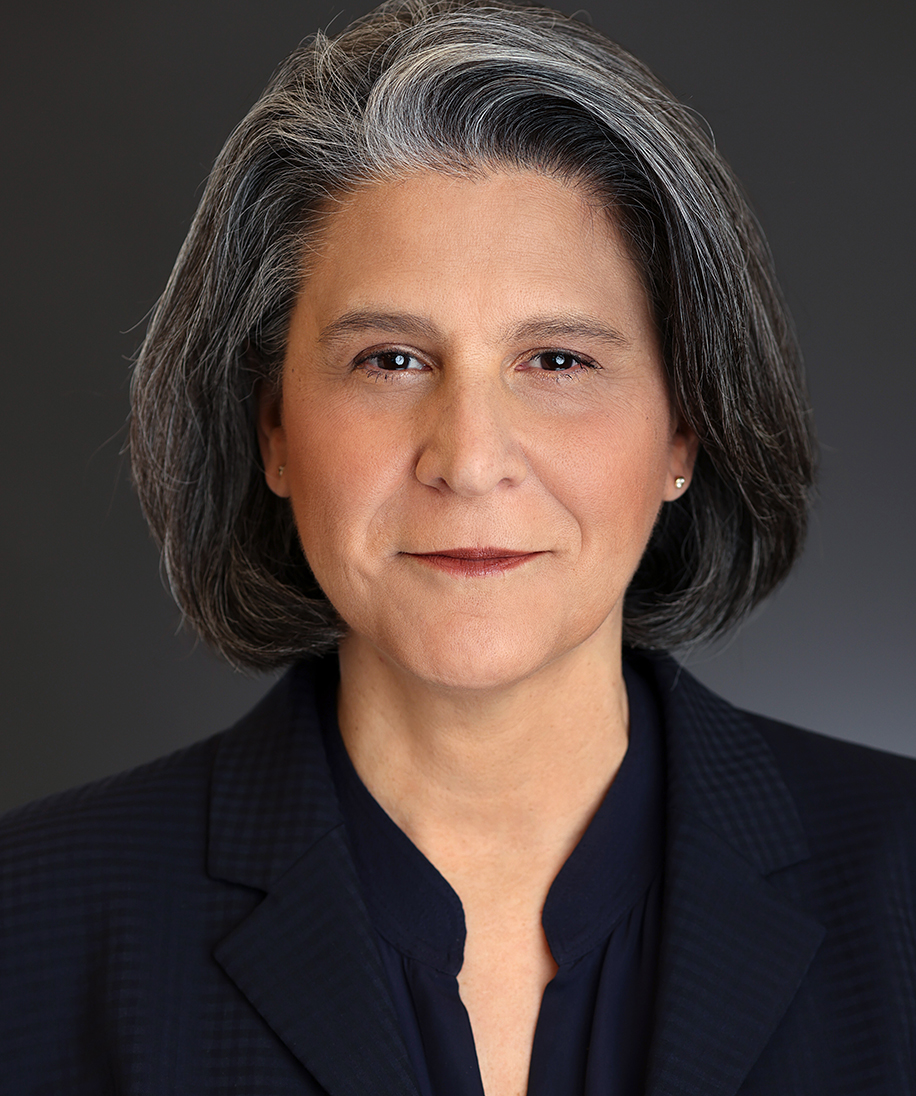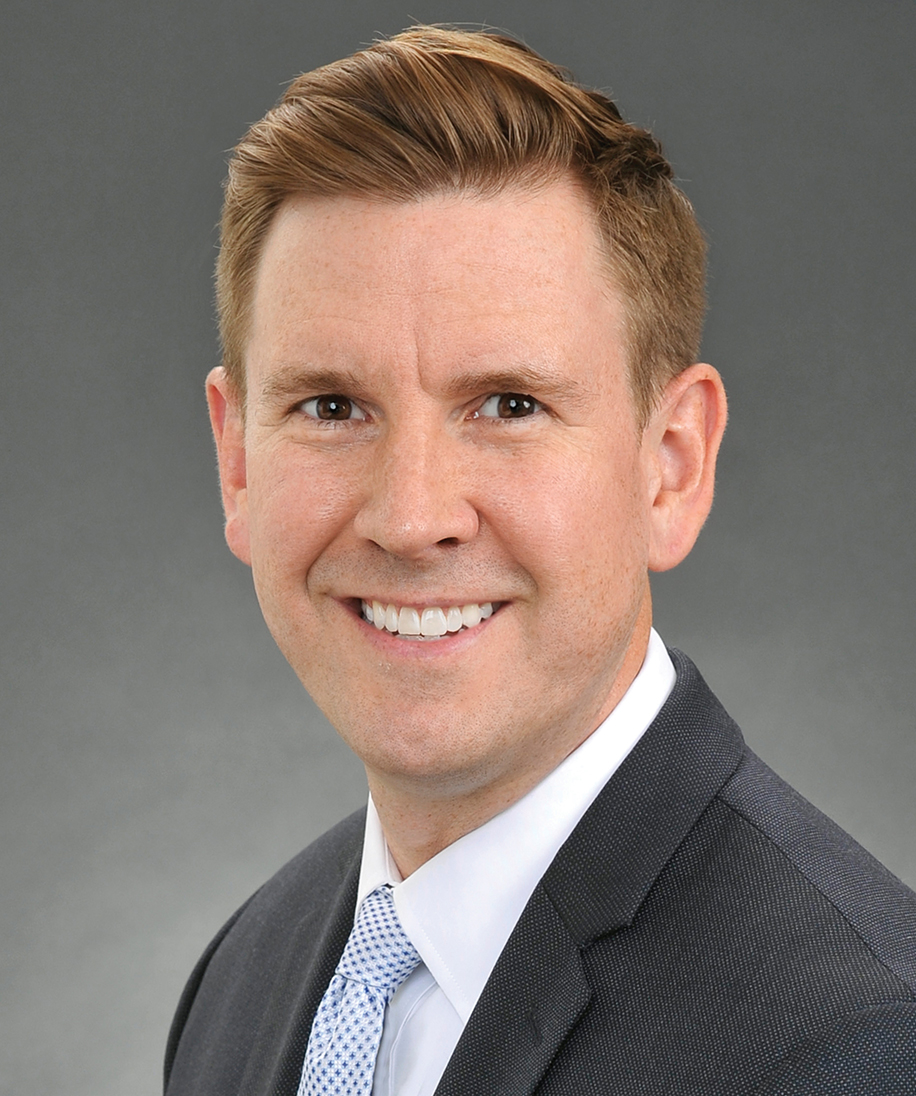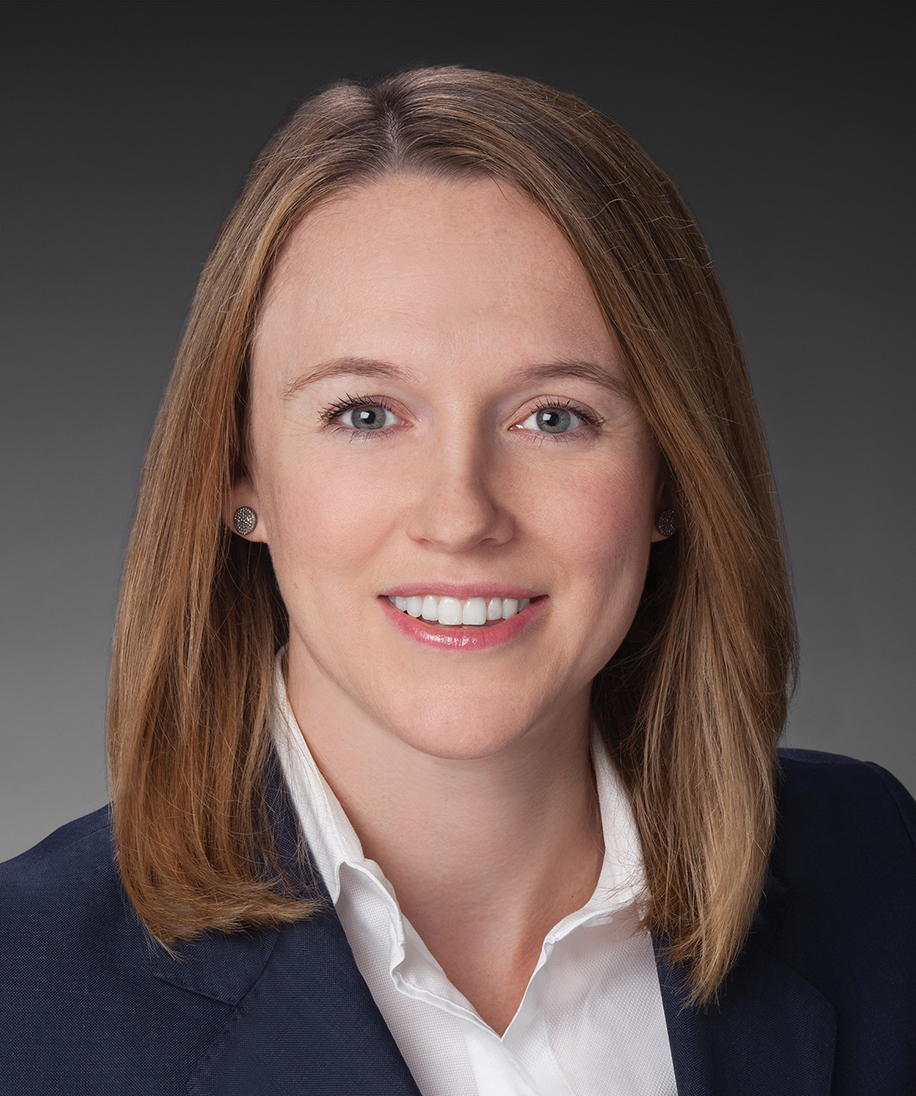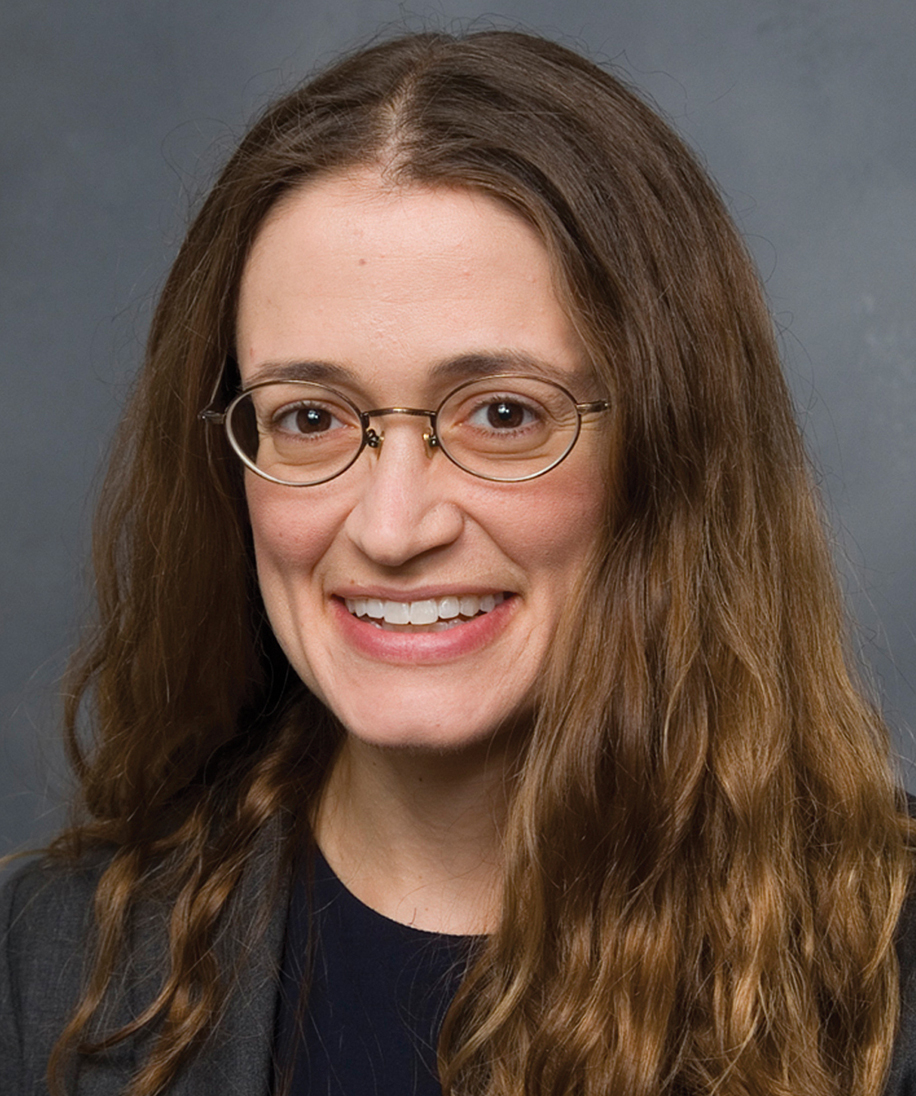Client Alert
San Francisco Enacts Public Health Emergency Leave Ordinance to Assist Employees Impacted by COVID-19
April 20, 2020
By Zachary P. Hutton, Jessica E. Mendelson & Emily J. Stover
In recent weeks, many cities have implemented emergency paid sick leave ordinances designed to support local workers suffering as a result of the global coronavirus pandemic. On April 14, 2020, San Francisco became the latest city to adopt such an Ordinance with the San Francisco Board of Supervisors’ unanimous approval of the Public Health Emergency Leave Ordinance (“Ordinance”). On April 17, 2020, Mayor London Breed signed the Ordinance into effect, and on April 17, 2020, the Office of Labor Standards Enforcement (“OLSE”) issued Guidance to employers as to how to comply with its terms.
Under the Ordinance, businesses employing more than 500 employees worldwide1 must provide two additional weeks of paid Public Health Emergency Leave (“emergency leave”) to their employees for use during the COVID-19 pandemic. The Ordinance applies to employers that are too large to be subject to the federal Families First Coronavirus Response Act (“FFCRA”), and requires these employers to provide the type of sick leave provided under the FFCRA. The Ordinance went into effect as of April 17, 2020, and will expire on June 17, 2020, or after the termination of the public health emergency declared by Mayor London Breed as a result of the COVID-19 pandemic, whichever is earlier.
We summarize below the OLSE’s new interpretive guidance.
Which Employees Are Covered by the Ordinance?
The Ordinance applies to any current employee (including full-time, part-time, and temporary employees, regardless of whether a legal resident or an undocumented worker) working within the city of San Francisco.2 The Ordinance does not cover independent contractors.
Notably, the Ordinance covers employees of businesses that are temporarily closed or have suspended operations, as long as no formal separation of employment has occurred. In addition, the Ordinance applies to employees governed by collective bargaining agreements, as long as the employee has not waived his or her right to emergency leave through a collective bargaining agreement.
What Emergency Leave Does the Ordinance Provide?
Covered employees are entitled to varying amounts of leave, depending on hours worked and date of hire:
Full-time employees (as of February 25, 2020) are entitled to a maximum of 80 hours of emergency leave.
Part-time employees (as of February 25, 2020) are entitled to the number of hours typically worked over a two-week period, which is calculated based on the average number of hours worked during the prior six months.
Employees hired after February 25, 2020, are entitled to leave equal to the number of hours they worked over the course of two weeks between the date they were first hired and the date upon which leave is taken.
Employees who meet the requirements to take emergency leave may do so “regardless of whether and when the employee is scheduled to work,” provided that the number of hours taken pursuant to the Ordinance “may not exceed the average number of the employee’s scheduled weekly hours.” The emergency leave must be in addition to the employer’s existing paid leave policies. Further, employers cannot change their paid time off policies after April 17, 2020, except to provide additional paid leave. Employers covered by the Ordinance that previously provided additional voluntary leave in response to the coronavirus pandemic (on or after February 25) may offset that leave from this requirement. Employees may elect to use this emergency leave before using other accrued paid time off.
What Are the Requirements for Taking Emergency Leave?
An employee can take emergency leave if the employee is unable to work for any of the following reasons:
The employee is subject to an individual or general local, state, or federal quarantine or isolation order (which includes, but is not limited to, existing shelter in place orders, or those employees who are members of “vulnerable populations”);
The employee has been advised or instructed by a health care provider to self-quarantine;
The employee is suffering from symptoms associated with COVID-19 and is awaiting a diagnosis;
The employee is caring for a family member who is either (a) subject to an isolation or quarantine order, (b) is self-quarantining, or (c) has COVID-19 symptoms;
The employee is caring for a family member whose care provider, place of care, or school is inaccessible because of the COVID-19 pandemic; or
The employee is experiencing any other substantially similar condition specified by the Local Health Officer or the U.S. Secretary of Health and Human Services.
Employers of healthcare providers and emergency responders may elect to limit their use of leave to instances where the employee has been advised by a healthcare provider to self-quarantine, or the employee is experiencing COVID-19-related symptoms, is seeking a diagnosis, and does not meet the Center for Disease Control’s guidance to return to work.
What Restrictions Can Employers Place on Emergency Leave?
Employers cannot require employees to:
Work a different shift instead of taking emergency leave;
Use an alternative school or place of care in the event that such locations are closed;
Provide a doctor’s note or other documentation when requesting emergency leave;
Take emergency leave in increments of more than one hour; or
Find replacement workers to cover for them.
Employers may require employees to:
Provide reasonable notice of emergency leave when the need for leave is foreseeable; and
Identify the reason they are requesting emergency leave.
Payment of Emergency Leave
Employers should compensate employees in the same manner as paid sick leave under the San Francisco Paid Sick Leave Ordinance. For non-exempt employees, it must be paid either at the “regular rate of pay” for the workweek in which the employee uses emergency leave, or alternatively a rate calculated by dividing the employee’s total wages, not including overtime premium pay, by the employee’s total hours worked in the full pay periods of the prior 90 days of employment. Tips are not included in the calculation. To the extent an employee receives benefits on an hourly basis, they should be provided the same benefits when they are on emergency leave. Emergency leave must be paid no later than the payday for the next payroll period after leave was taken.
Additional Steps Employers Must Take to Comply with the Ordinance
Employers must post a notice informing employees of their right to take emergency leave, in English, Spanish, Chinese, and any language spoken by at least 5% of employees employed at the worksite prior to the COVID-19 pandemic. Employers must keep detailed records of emergency leave, including the work schedules and days worked for a period of four years. Furthermore, employers cannot retaliate against employees who take such leave.
For more information and assistance, please contact Paul Hastings’ Employment Law Department.
1 To the extent the size of an employer’s business fluctuates below and above 500 employees over the course of a year, the size of the business is based on the average number of employees per pay period for the prior calendar year.
2 The Ordinance does not cover employees of businesses located in “federal enclaves,” such as the Presidio.
Practice Areas
Employment Counseling and Preventive Advice
Employee Mobility and Trade Secrets
Executive Compensation, Employee Benefits, and ERISA
For More Information





